In the opening scene of Fritz Lang’s 1927 film, Metropolis, workers trudge in unison into an elevator shaft to start their morning shift.
It’s a grim portrayal of the 9-to-5 grind — a schedule that always struck me as archaic.
Daily clock-ins seem like a relic of the past; a carryover from the industrial era, when work was largely mechanical, with less high-level thought.
But when I entered the workforce as a junior developer, there I was, a slave to the clock like everyone else. Sometimes that meant eight-hour workdays. More often than not, I pulled 10- or 12-hour days.
My schedule got even crazier when I began my side hustle, Jotform, which added more hours to those already-lengthy days.
During my waking hours, I was constantly building, growing, and hustling. And at the time, I thought entrepreneurial success required 16-hour workdays. Anything less meant I wasn’t working hard enough.
Luckily, my outlook has since changed. I’m increasingly convinced that punishingly long workdays are unsustainable. In cities around the world, we can already see companies that have successfully instituted shorter schedules.
Eventually, I think the most successful innovators with real longevity will stop counting time altogether.
Organizations and employees are far better off measuring productivity and abandoning the notion that staff have to clock a certain number of hours.
Time isn’t money anymore — productivity is.
The standardized workday, past and present
“Eight hours labor, eight hours recreation, eight hours rest.” — Robert Owen, 19th century Welsh labor activist

In the U.S., the eight-hour day didn’t appear until 1940, when Congress amended the Fair Labor Standards Act to include a standard workday. The change was initially meant to protect post-Industrial Revolution workers who were being crushed by 10-to-16-hour days, six days a week.
Health problems abounded and labor activists, skeptical of whether these punishing schedules even improved productivity, rallied for regulation.
Today, many employees go well past the 40-hour work week. Companies not only encourage employees to burn the midnight oil; they take pride in it.
“You can work long, hard or smart, but at Amazon.com you can’t choose two out of three,” Jeff Bezos once wrote in a letter to shareholders.
While the Amazons of the world are pushing the limits of reasonable expectations, throwing cautionary tales of burnout to the wind, other organizations and countries are running in the opposite direction — and seeing impressive results.
In Luxembourg, for example, workers average 29 hours a week, and yet the tiny EU nation has become the most productive country in the world.
In New Zealand, a trusts and estates company that switched to a four-day workweek saw boosts in productivity, creativity, attendance, and overall performance.
After decreasing the workday to five hours, one San Diego-based paddleboard company saw higher productivity and revenue. The firm was even named the city’s fastest-growing private company.
It seems that when employees have more time to do non-work activities — spend time with family, run errands, exercise, cook — their engagement and morale skyrocket. And with less time to linger at the office, they work more efficiently, prioritize more effectively, and increase their productivity.
“We need a slow but steady move toward a 30-hour week for all workers,” writes Anna Coote, head of social policy at the New Economics Foundation in London.
“This will help solve a lot of connected problems: overwork, unemployment, overconsumption, high carbon emissions, low well-being, entrenched inequalities and the lack of time to live sustainably, to care for each other and simply to enjoy life.”
A shorter workweek stands to solve a host of health, wellness and environmental problems.
But while the previous examples challenge an inflexible, eight-hour schedule and champion fewer weekly hours, they also demonstrate that there’s no magic number.
At Jotform, we haven’t instituted shorter days per se, but we do have a policy of flexible hours. Sometimes that means being super productive for five hours, skipping lunch at the office, and calling it quits. On these days, I’ll pick my son up from kindergarten and we spend the afternoon together at the park.
Other times, I’m deep into a project and before I know it, 14 hours have flown by.
I’m all for shorter work days when feasible, but it’s even more important to focus on productivity and forget the clock altogether.
The metric that matters: productivity
“Exceptional employees count their successes in code shipped, projects completed, people inspired and impact, not the minutes they’ve spent at their desks. Companies should hire and manage accordingly.” — Dharmesh Shah, HubSpot co-founder
As Shah perfectly articulates, for most of us, time doesn’t equal success. What matters is what you’re producing. It’s the quality, not the quantity of work that counts.
The HubSpot co-founder explains that he evaluates employees on their contributions to the business. Whether they get their best ideas in a coffee shop or while jogging is irrelevant.

Other organizations, like MindTools and the American Society of Clinical Oncology, have jumped on board with the Results-Only Work Environment (ROWE) concept, which measures team members by performance, results, or output — not physical presence in an office or number of hours worked.
I agree with this approach. In the 13 years since I launched my business, I don’t think I’ve ever asked how much time an employee spent at the office. I care about their results and how they collaborate with colleagues — not when.
But it’s not a hands-off approach, either. As founders and managers, we can provide the framework and establish systems to ensure employees can maximize their productivity without counting hours.
Here are four tactics that can help.
1. Eliminate and automate
In Tim Ferriss’s revolutionary book, The 4-Hour Workweek, the productivity expert invokes the Pareto Principle: Usually, 80% of your production comes from 20% of your efforts. Ferriss recommends evaluating your workday to identify those valuable 20% activities — and eliminating the rest.
Think about your own day. Even if the breakdown isn’t exactly 80/20, chances are several unnecessary activities suck up your time, like meetings, conference calls, email- checking, and random interruptions.
First, decide which tasks can be automated. Any step-by-step, process-oriented tasks can likely be automated. And not to beat our own drum, but online forms are a great automation tool.
For example, one of our clients spent hours each day emailing with freelancers and clients to organize payments. She switched to one of our web forms, with payments securely integrated into the form, and eliminated a huge time drain.
Next, eliminate any nonessential activities. As managers, we can promote rules to help employees do the same.
Steve Glaveski, CEO and co-founder of Collective Campus, shares one of his tactics for eliminating interruptions:
“My team has a simple rule; if a team member has their headphones in, you are not to disturb them unless it absolutely, positively can’t wait (which is hardly ever, by the way).”
Likewise, I encourage employees to respect their colleagues’ time as much as possible. That means no Slack messages unless a task is time-critical, and no meetings unless absolutely necessary.
2. Allow flexible schedules
I’ve written before about encouraging employees to harness their peak hours, also known as their prime time.
As bestselling author Brian Tracy explains:
“Your internal prime time is the time of day, according to your body clock, when you are the most alert and productive.”
Rather than enforcing a 9-to-5 schedule, we give employees the autonomy to maximize their productive energy and prime time.
The only caveat? They must coordinate with team members. It can be problematic, especially with new hires, if everyone marches to the beat of their own drum, schedule-wise. To compensate, we emphasize clear, intra-team communication.
Flexible schedules also allow us to work according to ultradian cycles — our innate capacity to focus on any given task for 90–120 minutes. Afterward, we all need a 20–30-minute restorative break in order to return to work and perform at the same level.
Instead of seeing ultradian cycles as a limitation, we can embrace these natural rhythms and organize our days into manageable 1-to-1.5-hour time slots. For some of our employees, maybe one of those time periods happens at home, before they hit the gym (a restorative break), and then the remaining four take place at the office.
Regardless of how we handle our ultradian cycles, sustaining momentum for 90 minutes at a time builds momentum and feels far more manageable than seeing the day as one eight-hour-plus chunk of time.
3. Establish clear goals
In a flexible work environment, it’s essential to set clear, measurable goals that keep your teams on task.
MindTools, a proponent of the ROWE system, believes team members should know what they need to achieve, and how their work contributes to the organization’s big-picture objectives.
If you’re measuring performance based on how well staff meet their goals, then it’s essential to provide specific metrics and expected outcomes. Otherwise, employees won’t know how you intend to evaluate their work.

At Jotform, all our teams have designated leads. On a weekly or monthly basis, depending on the project, I meet with the team leads to review their goals and oversee the team’s progress.
And twice a month, each team member sits down with their team lead to talk through any issues.
Regular check-ins help everyone to stay on track, while allowing our teams the freedom to set their own deadlines and do their best creative work.
4. Help employees find their sweet spot
I’m a firm believer in taking the time to match the right people with the right activities; helping them find their professional sweet spots.
That’s why I carve out one-on-one time with all our new hires to chat about their passions, their curiosities, and their learning goals.
Entrepreneur and coach Niquenya Collins, a member of the Forbes Coaches Council explain:
“Employees who are allowed to explore the full scope of their interests and abilities experience higher job satisfaction, increased engagement and greater productivity.”
When we engage in activities that we’re passionate about, we’re also more likely to achieve flow — that beautiful state of complete immersion in a specific activity. Like a musician during a concert or a basketball player mid-game, flow occurs when we’re performing and feeling our best, and we’re so absorbed that time seems to fly by.
It’s no surprise that productivity soars when we enter a flow state. A 10-year McKinsey study on flow discovered that top executives are up to 500% more productive when they’re experiencing flow.
The initial time required to align employees with their interests pays real dividends, both for employees and the organization.
Uprooting the eight-hour workday
In 1930, economist John Maynard Keynes predicted that by the 21st century, we would be wealthy enough to work just 15 hours each week.
Things didn’t go as Keynes envisioned. Many people are working more than ever. Even if we can satisfy our basic needs with less work, the economist failed to consider the nature of human desire: always changing, always growing.
Perhaps the key to breaking free from the 8-hour workday is to change our desires once again; to think more about “results” like longevity, engagement, and what really matters to us, in business and in life.


























































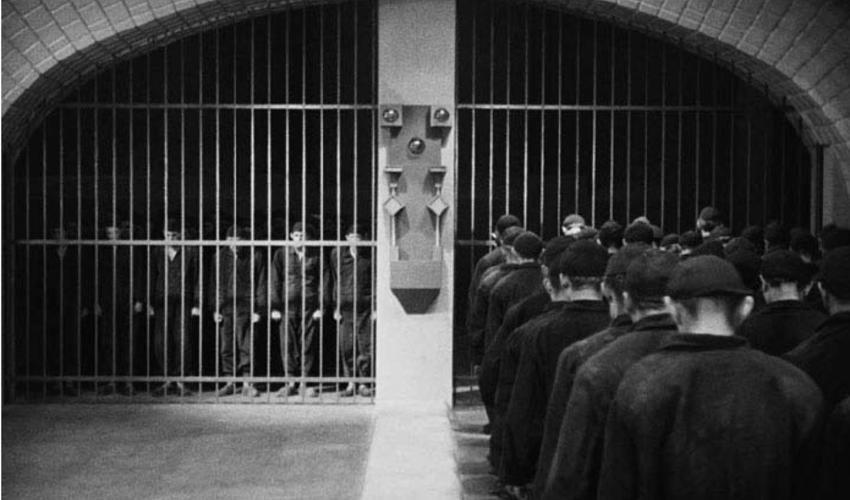























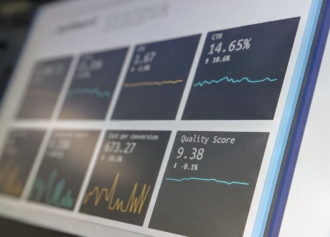


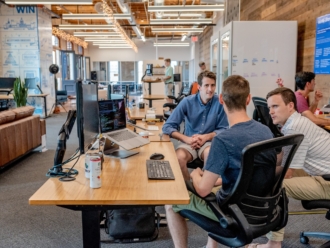

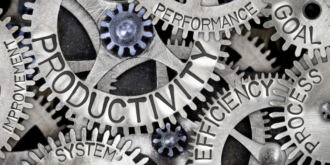
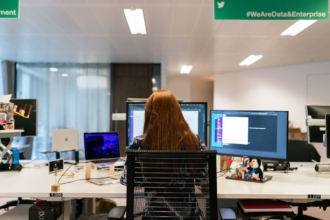


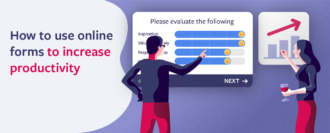

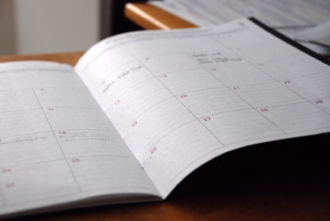

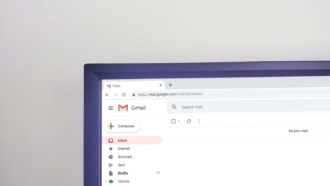















Send Comment:
1 Comments:
More than a year ago
Hi. Interesting an idea. Thank you for the great post.